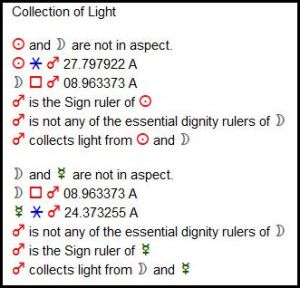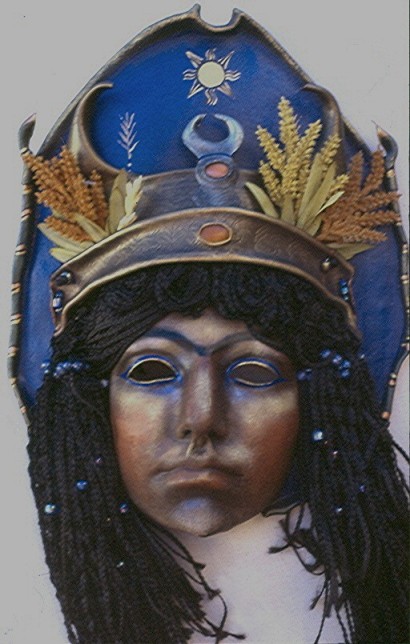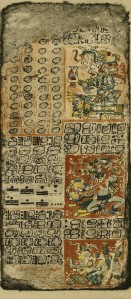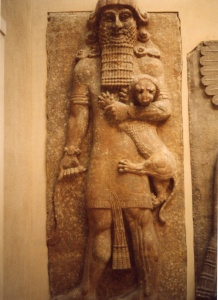The horoscope for the Vernal Equinox is among the most important considerations in Mundane (world) Astrology, not least because it provides us with the Lord or Lady of the Year.The chart I will be reading is specifically for PDT, although some elements will apply to all. Because the chart LOY is cardinal and in a cadent houser, The influence will be felt most strongly for perhaps 6 months.
This year, it occurs immediately prior to on the New Moon in Aries, with MC, Jupiter, Sun and Moon in the 9th house on the.The Sun is in his joy,occupying the first Lunar Mansion with Mercury in a is diurnal chart. The Day and Hour are of the Moon. The Moon resides in the 28th Luna mansion- echoing an Alpha and Omega.theme of the luminaries..
Let’s consider the Ascendant which occurs at 0:°︎Leo, the same degree and minute as the Sun, whom he disposits. .Aries is the Exaltation of the Sun which in turn is the Almuten,Figuris The Sun occupies the first Lunar Mansion with Mercury. The Moon is in the 28th Lunar mansion – Alpha and Omega. Moreover, the Sun is in his Joy in the 9th house.
One means of calculating the Lord or Lady of the Geniture is by reference to Essential and Accidental Dignities.This is most commonly used in horary and natal astrology and yields accurate results.. If we used this method, the Venus in her vespertine waxing phase in her own domicile in Taurus, free of the beams, in sect and conjunct the Node is an extraordinary placement. The all-important Lord or Lady of the year is calculated with reference to the total of is the clear winner. As such she is very much the emissary of the chart. This position should by no means be ignored in the larger picture. It is important to note that this status of Venus remains constant across all time zones.
More often, in Mundane the primary considerations is judgment of the Ascendant. In the words of Mā Shā’ Allāh ibn Athari (Arabic: : ما شاء الله إبن أثري) )
” Therefore, if you wish to know the Lord of the Year, look at the Ascendant and its Lord, and at the Lord of the exaltation of the Ascendant (if there were an exaltation of some planet in that sign), and the Lord of the bounds and the triplicity, and the place of the hour from the Ascendant, and see of what kind are their places relative to each other, and what kind they are in the place of the enmity of the Ascendant, and which in place of friendship.” See Works of Sahl & Māshāʾallāh. Trans B.N. Dykes 2008 p, 325.
In this case, we need go no further. The Lord of the Year (LOY) is the Sun in the 9th house.(WS). He is in the decan of Mars and the bound of Jupiter. The Ascendant is in the decan of Saturn and bounds of Venus. Māshāʾallāh tells us that ” Aries and it’s triplicity (Leo and Sagittarius) are signs of the east; which if the came together with the Ascendant , their signification will be stronger.” (327 There is no significant impediment to the Sun’s position as LOY.
The 9th house rules philosophical matters, higher mind, the judicial system, morality, religion, diplomacy, foreign missions and the house of the Sun God in the Hellenistic tradition. As mentioned, the Sun is in his joy in this house. The association with Mars, however may not bring out the best in him. There is rashness afoot.
It is here that the powerful Venus placement ameliorates the situation. The 9th house informs the 10th. The midheaven is in Aries, but the angular 10th holds Venus and the Node. This is a place of considerable power. With an unafflicted,Venus we have pleasantries such as the arts, music , as well as diplomacy and decorum. There is an association with peace when Venus is in this phase. But this particular placement speaks more than anything elses of feminine power..
Mars is Gemini in the 11th will serve.Venus. There is a fascinating and comparatively rare phenomena in traditional astrologer referred to as the collection light and the effect is for light to be collected and transferred – in this case from the Sun. Moon and Mercury to a mercurial Mars. The themes continues.
As if to mirror this, Venus is in opposition to the Arabic Parts of Reason and Rectitude This placement tends to excess, even obsession. This is where the 9th house influence will provide some admittedly heated impetus.
In mundane astrology the 8th house signifies among other things natural catastrophes, debt, death rate of a country, import/export, other people’s money, taxes, litigations, scarcity, the occult or hidden things generally., archeology, epidemics and litigations.
The Moon and the 6th house are co-significators of the common people and in the 8th, squared to Mars, they suffer greatly. With Saturn also in the 8th house, this is not made a bit more gloomy. If we also consider the fact that there is no effective financial significator in the chart, this theme is underscored. We would not expect significant improvements in the economic realm this year.in the areas this chart signifies.
To look more closely at the Moon, I would like to indicate what may be gleaned from reference to the Lunar Mansions according to Ibn Arabi. Note that I concur with Dykes that the sidereal mansions are the logical choice because the fixed stars are what defines them. See his comment in Astrology of the World I: The Ptolemaic Inheritance (2013) p. 16.
In this case, Luna is in Pisces in the final mansion. We might say, the end of the matter,.
The 28th Lunar Mansion starts from 17 PI 08′ 34″ and ends at 00 AR 00′ 00″. Considering this is immediately prior to the Sun’s position in the 1st mansion, this is immediately germane.The Arabic name is Al Batn al Hut, the belly of the fish.The 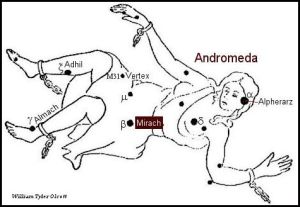 constellation originally associated with this mansion is Andromeda.The principal star associated with this mansion is Mirach (beta Andromeda).The key theme here is one of endings. Dorotheus suggest that even a partnership beginning well, will end badly.
constellation originally associated with this mansion is Andromeda.The principal star associated with this mansion is Mirach (beta Andromeda).The key theme here is one of endings. Dorotheus suggest that even a partnership beginning well, will end badly.
The Sun (LOY) is with Mercury in the 1st Lunar Mansion, Al-Sharatain, the horns of Aries The principal stars associated with this mansion are Sheratan (beta Aries) and Mesarthim (gamma Aries .According to Ptolemy, the nature of Sheratan is Mars and Saturn. Dorotheus suggests this mansion is Good for buying tame animals, for journeys, especially voyages, for making arms, planting trees, cutting hair or nails, putting on new clothes. importantly for the overall chart, this is not a place of compromise,.
This Spring will be noticeably drier and colder than average. May 16-24 are likely to be the rainy exception.Planting some crops may need to be delayed until this time.This will give way to much hotter than average weather as we approach the Summer Solstice.
Root vegetables such as carrots and parsnip do well in these conditions, as do most varieties of beans, melons and okra. Vegetables such as lentils, lettuces, peas and kale do not do well in hot dry conditions, so these should be planted as early as possible.
The cardinal equinoctial and solstice points are of the utmost importance in Mundane astrology. The ought to be recognized and celebrated as integral elements in a cosmic unfolding, a source of detailed information regarding events and conditions in our collective and personal lives. .



